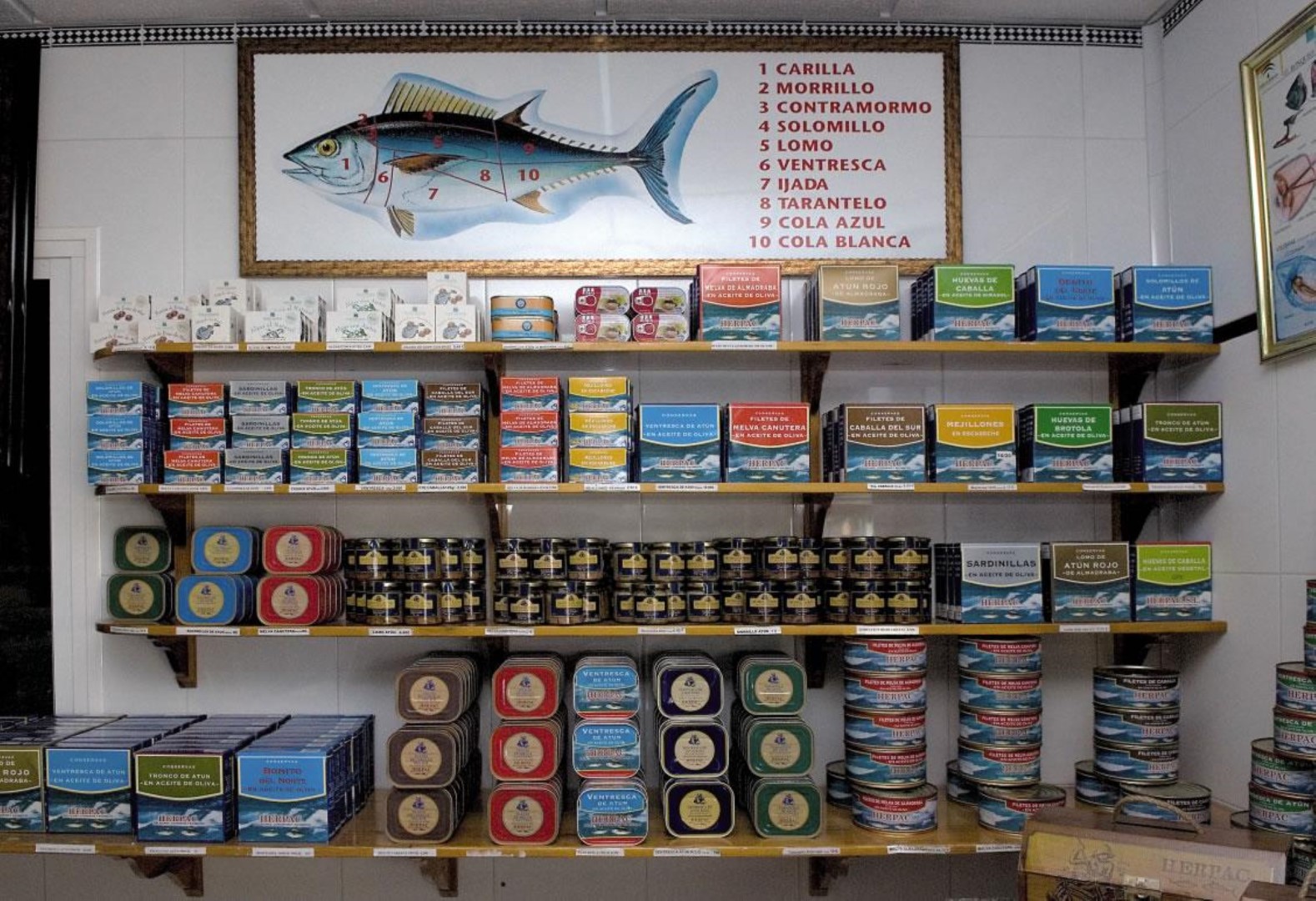Gira tu dispositivo para una experiencia óptima
Gira tu dispositivo para una experiencia óptima

5 días

Gastronomía

Naturaleza

Cádiz relax
Enter your email address and in a few seconds you will have the experience on your mobile so you can see it whenever you want.
We have emailed you the experience; enjoy Cadiz like never before.
Don't you get your experience?
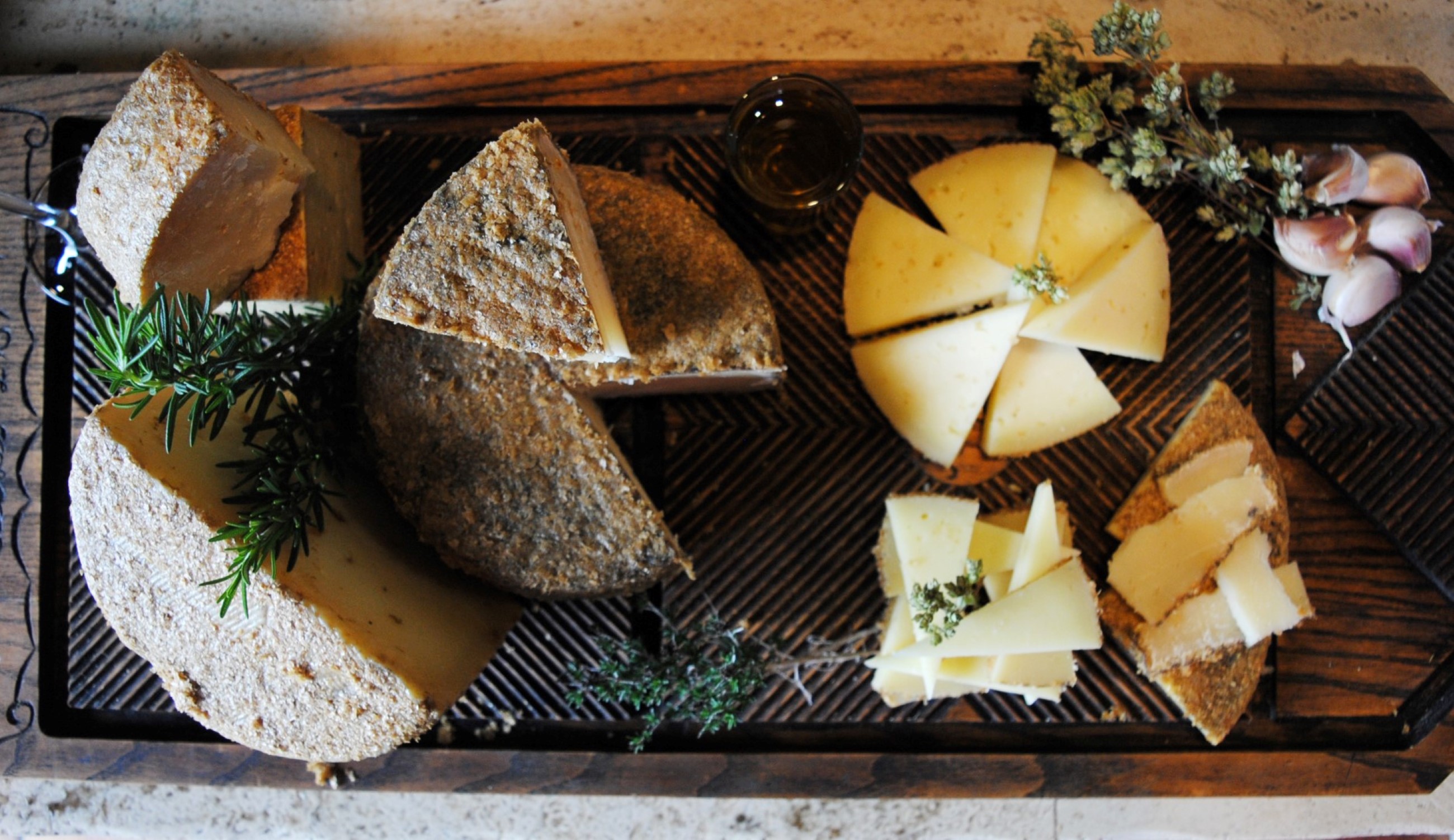
Dishes made with the recipes of the grandmothers of Cadiz would never taste the same without the potatoes of Conil, the oil of Olvera, Retinta beef sirloin from Vejer, the asparagus of Alcalá del Valle, the cured meats of Torre Alháquime and the vinegar of Jerez, to give a few examples. The gastronomy of the province of Cadiz is linked to the products harvested in its fields and seas, and the products harvested here are special thanks to the unique features of the soil, the effects of the winds, the temperatures, the rain, the geographical location and many other factors that you're going to discover in this journey. Ready to set off? Then let's go...
Our starting point is Villaluenga del Rosario. This small village of less than 400 inhabitants, nestling in the natural park of Sierra de Grazalema, has the special merit of having the largest number of cheese producers per head of inhabitants in Andalusia. For the almost symbolic sum of one euro, you're taken on a guided visit through the Cheese Museum: (https://bit.ly/3VX78yh). The guide leads you through a description of the techniques of cheese-making in Villaluenga, the local breeds of Payoya and Grazalemeña goats and sheep and the efforts made to save them from extinction. What's more, if you buy something from their shop, they give you back your euro. Visits are from 10:00 to 14:00, Thursday to Sunday. Outside these hours, call 638393075.
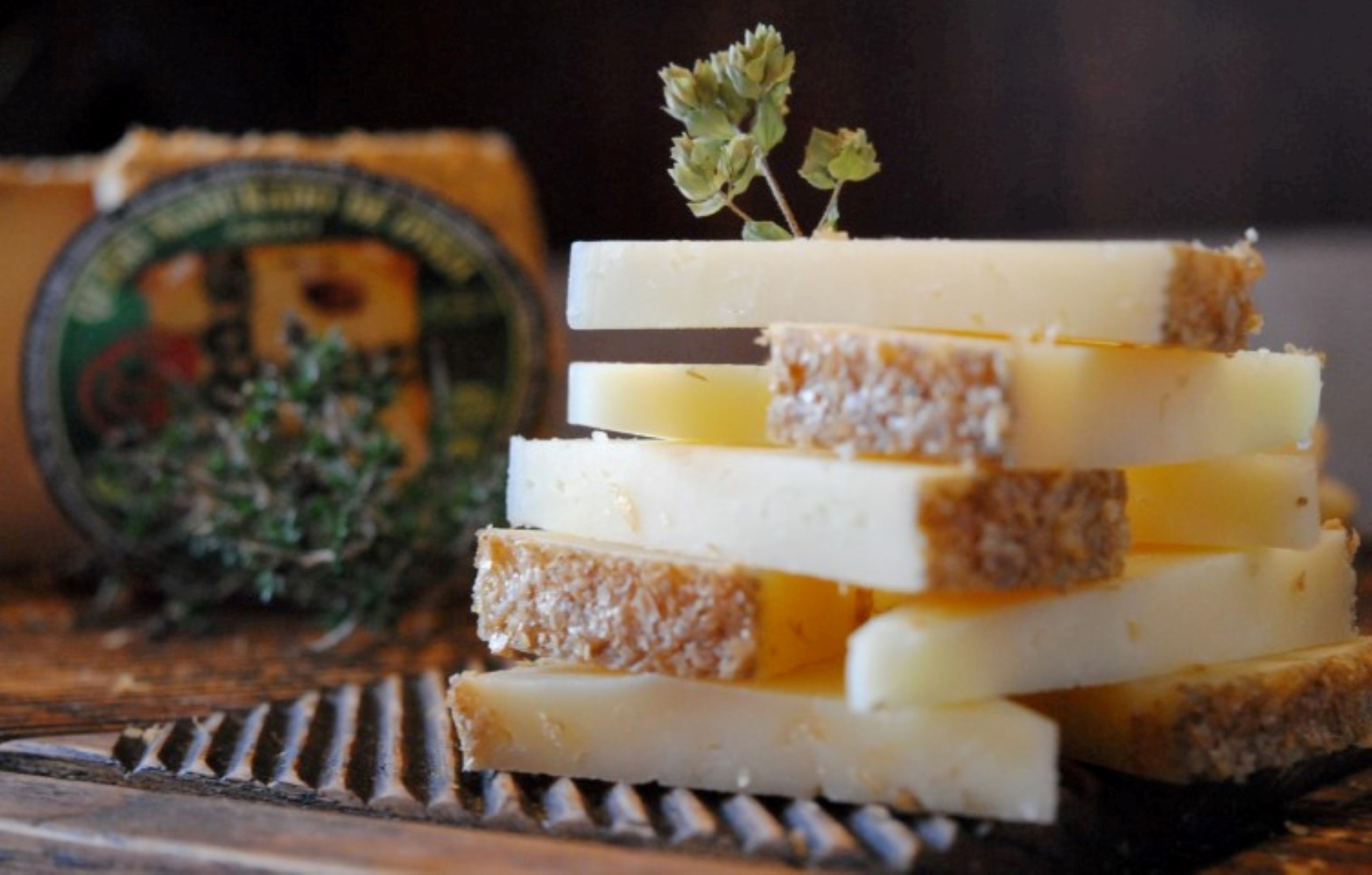
Inserta aquí una nueva sección
They also know a lot about cheeses in El Bosque, your next stop. If you fancy sampling more cheeses, there's a shop with locally produced cheeses at the Cheese Interpretation Centre. But the plan here is to visit the Molino de Abajo Museum. This is one of the few still functioning water mills left in Spain. Here you're going to take a trip back in time, back to when the water mill was a meeting point for villagers, and you'll discover how the water that flows in the river was used to grind the wheat. The museum entrance fee is 3 euros (reservations: call 956716219 or write to [email protected]
(museum closed until the end of the health crisis)
By the way, the baker's at Molino de Abajo makes molletes (soft bread similar to the English muffin) that are famous throughout the region. You can try one in the morning with the breakfast we recommend at Venta Julián. The same restaurant also offers some excellent lunches. Or perhaps you fancy going up to Benamahoma, sitting down at the lovely terrace of the Venta El Bujío and having lunch with the relaxing babble of the river Majaceite in the background.
In the afternoon, we've planned a visit to the El Castillejo botanical garden. There you'll discover and learn more about the plants you've seen in the natural park: wild olive trees, holm oaks, gall-oaks, ferns... Some of them, such as the Spanish fir, are endangered species. Entrance is free.
If you're looking for somewhere to stay, no problem. Las Truchas, Enrique Calvillo and El Tabanco hotels are available, as well as hostels and other tourist accommodation.
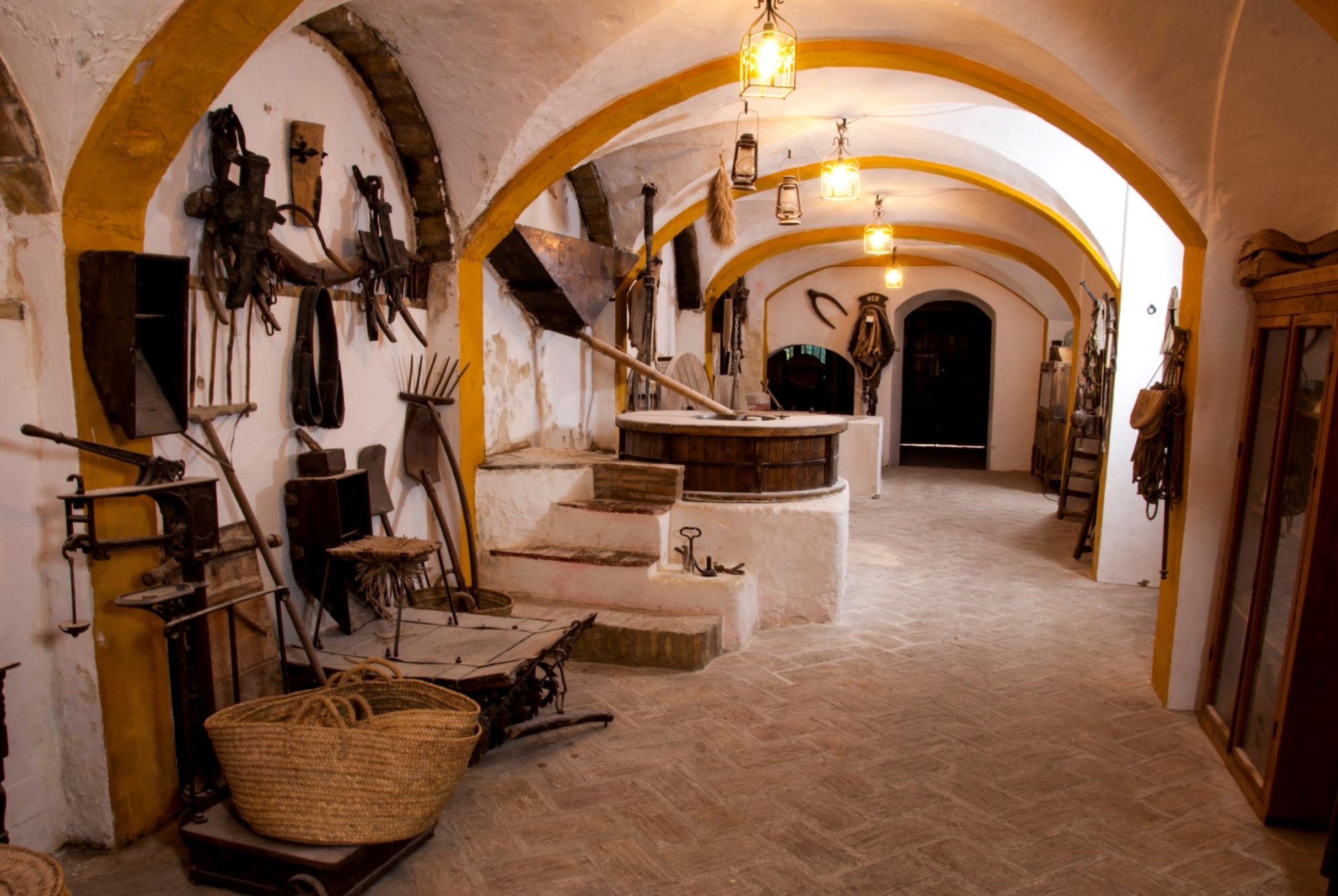
After a hearty breakfast of molletes with olive oil from the Sierra de Cádiz or manteca colorá (a red lard-based spread made with herbs and spices) it's time to head off Arcos de la Frontera. The guide of the wine cellars of Huerta de Albalá is waiting to take us on a tour of the facilities, where we'll discover the entire process involved in making their wines. The standard visit lasts about an hour and a half. The guide will take you around the company's vineyards, the fermentation, barrel, and bottling rooms and then there's a tasting session where you can enjoy three of the wines made there: Barbazul white, red and Taberner. We contracted a version that includes the tasting with some cold tapas (local cheeses and cured meats), although there are other options available.
So, let's calculate. You've got cheeses from Villaluenga and El Bosque, molletes, wines from the Sierra de Cádiz. Now it's time for some honey! The honey capital in the province of Cadiz is Prado del Rey. In autumn they hold a fair with samples, conferences and tasting sessions of the sweet liquid as the main star. When you try the honey of the Sierra de Cadiz, you'll realise that you haven't ever tasted honey like this before. But we're also going to Rancho Cortesano, in Jerez de la Frontera (Carretera de Cortes A-2003). They make ecological honey from hives located in the mountain region, the surrounding countryside and even one or two saltpans in Cadiz, and they also have a museum that shows you more about the fascinating world of apiculture. They also have wonderful kiddies workshops, activities for all the family and a vegetarian restaurant... Reservations are not necessary, unless you want to participate in a particular activity, although they will thank you for giving them some advance notice, for issues relating to safe distancing: 635514786 (open all day; only in the mornings in summer).
The day ends with a visit to the wine cellars of Viña La Constancia (Carretera del Calvario, km. 1.8). They offer a lot of visits, almost at the whim of the consumer (https://www.bodegaslaconstancia.es/enoturismo/) We decided to take a ride on horseback through the vineyards, discovering how the wine is made, tasting it and raising our glasses to a marvellous future as the sun sets on the horizon. Unforgettable.
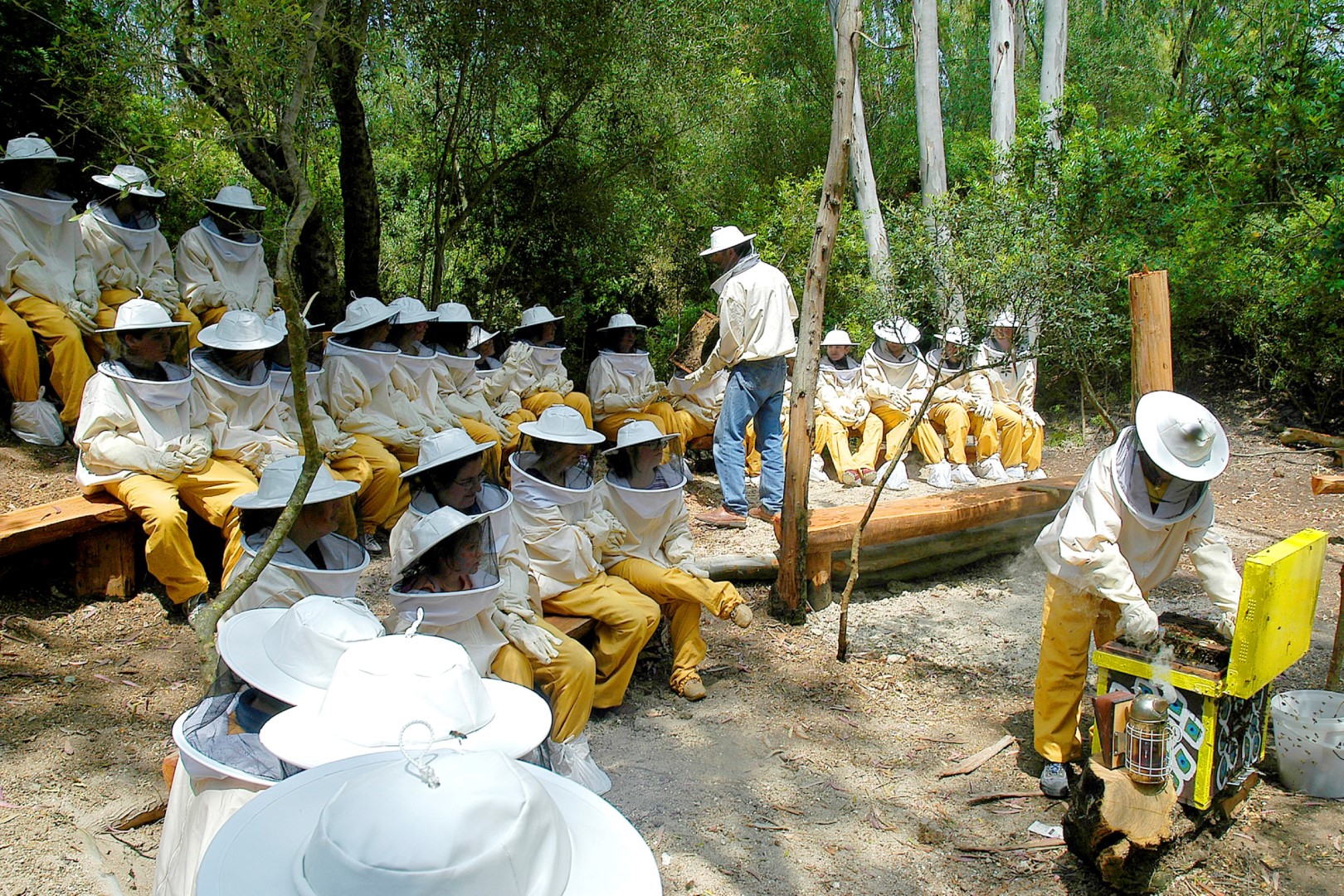
Today we're off to the Northwest Coast. At the mouth of the Guadalquivir, in the wetlands of the Doñana natural park (the park itself is on the other side of the river), there are saltpans that are still in business. The most enjoyable way to discover the symbiosis between Doñana, the wetlands and the history of the neighbouring human settlements is by going on a guided route in 4x4 vehicles. The experience can be reserved for 2 or more people: https://www.donana-activa.com/actividades-tierra/visita-ruta-en-4x4-todoterreno-donana-sanlucar-cadiz At 10:00 they'll be waiting for you at the Fábrica de Hielo visitors centre (avda. Bajo de Guía s/n). The activity lasts about three hours, it's a fantastic experience and you learn a lot. Don't forget your binoculars.
Then set off for Bonanza, in order to be close to your next visit. There's a table reserved for you at the La Campana restaurant (691110956). They serve traditional fishermen's fare: fish stews, dips, casseroles...
The afternoon gives you the chance to go on a guided visit of the wholesale fish market of Sanlucar. It's what's now called “industrial tourism”. The visits take place from 18:00 onwards, because that's when the ships come back with the day's catch. It consists of being spectators at the market, from when the ships arrive the fishing port to when the fish is auctioned. It includes explanations about how the fishermen's guild works, fishing tackle and floats used... The experience is well worth it and only costs 8 euros. You can make reservations by calling 637813404 or via email at [email protected].
We end the day at one of the terrace bars in Bajo de Guía, admiring how the sunset bathes the landscape with colours, and enjoying a plate of prawns and a glass of manzanilla sherry from Sanlúcar.
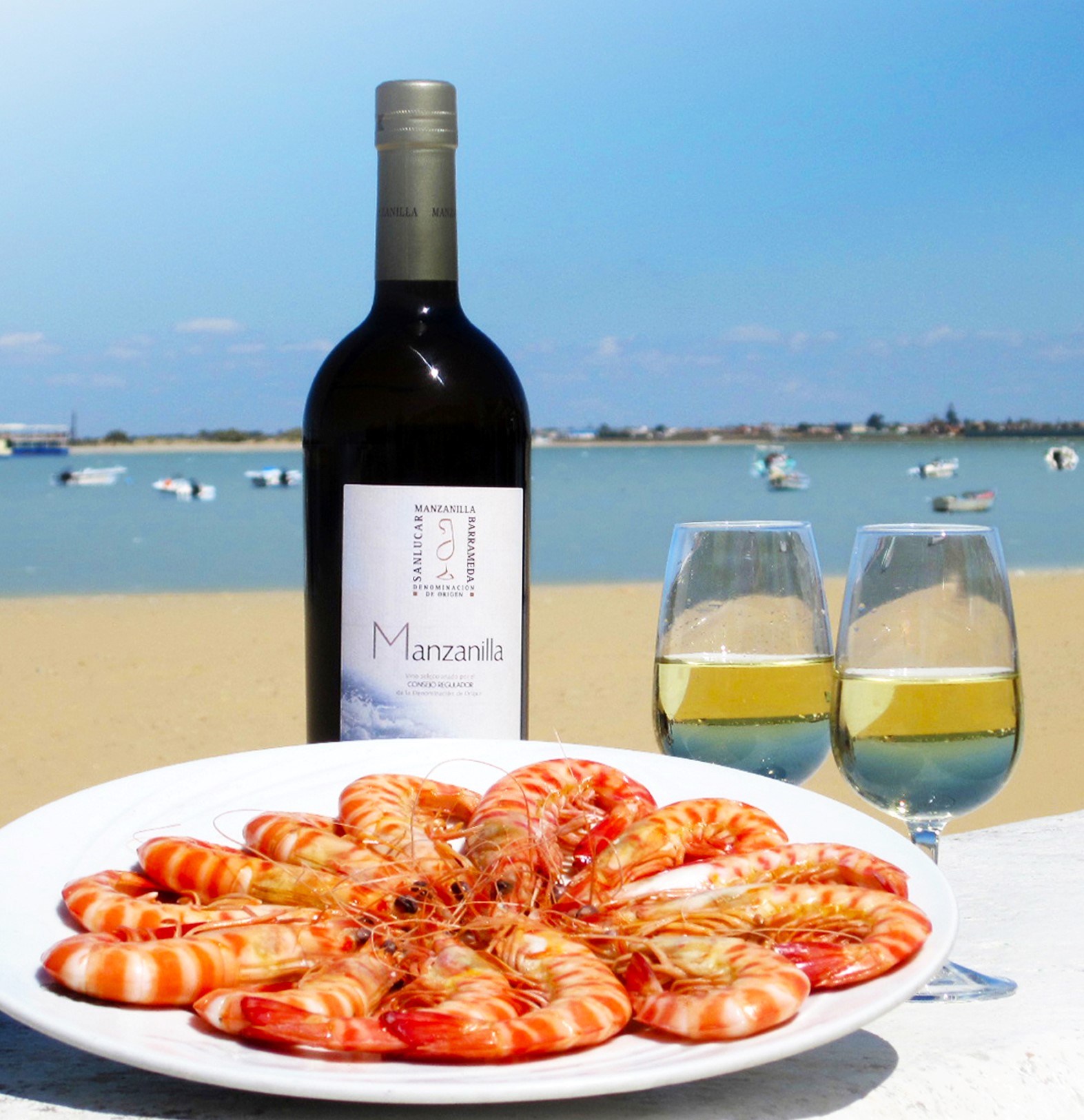
The first rays of the sun peek through the windows and it's time to wake up. Today we've organised a visit at the El Bucarito factory of cheeses and cured meats, in Rota (Ctra. A 491 Km. 12.5). It's a great experience, especially for the kids. You'll see the goats grazing and learn more about the techniques used in traditional cheese making. Make a reservation
Another fun thing to do in Rota is see, shop and eat at the food market (call 956846345 to find out if the guided visits to the market and auction areas are available). The market is situated on top of the old convent of La Merced, (17th century), of which only the adjacent tower remains. the convent was destroyed by an earthquake that severely damaged the city in 1722. The stalls sell fresh regional produce: fruit, fish, meat, … market garden and sea, history and avant garde, Spanish and American, city and country... Rota is a town that has converted its contrasts into a special value that can be seen without leaving the market building.
It won't be hard to find a restaurant serving urta a la roteña (red branded seabream with vegetables), a typical dish of the area. Don't leave Rota without trying it.
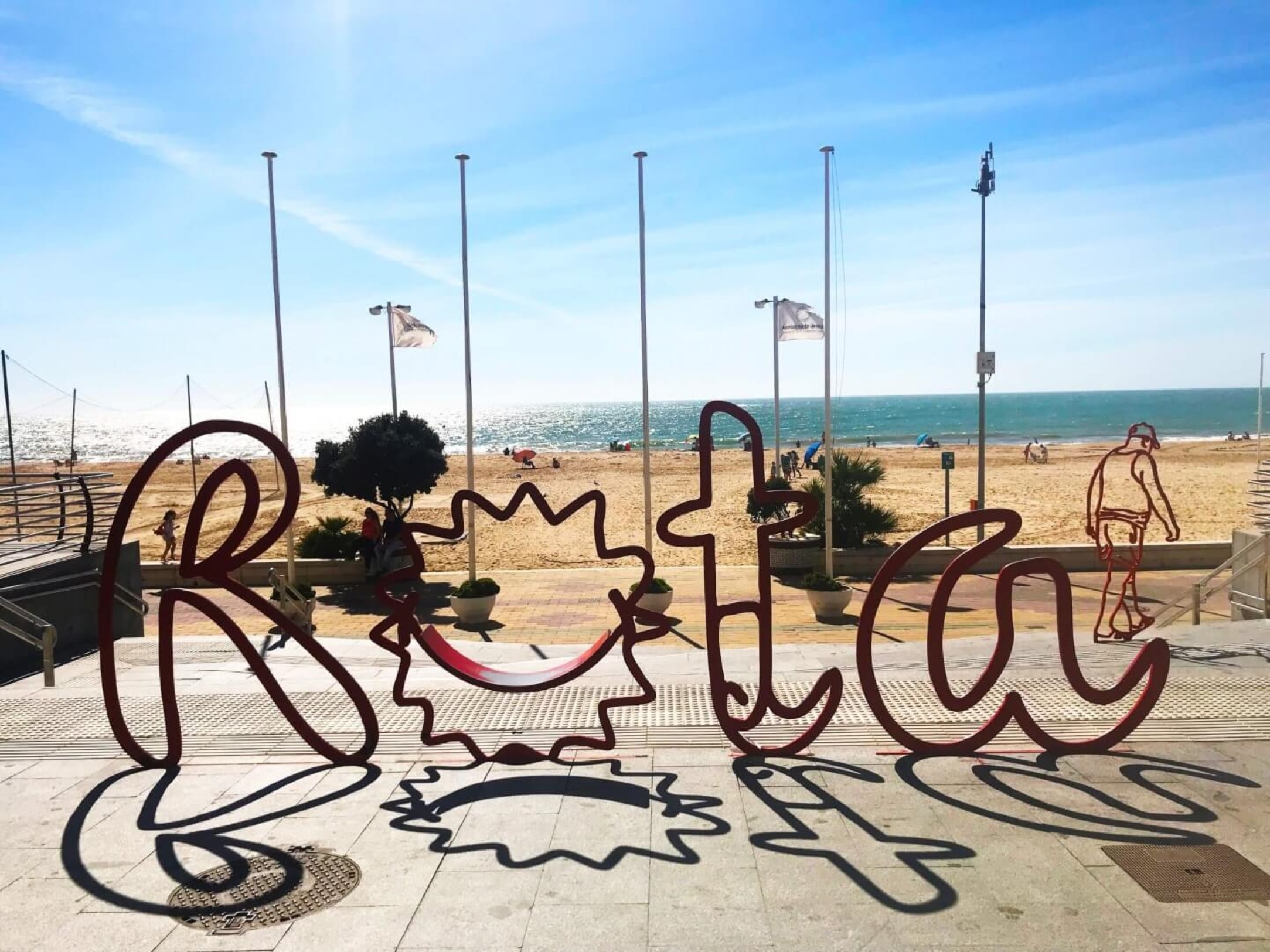
After lunch, we're off to Medina Sidonia. First thing to do there is buy some alfajores (a typical local pastry brought to the region by the Arabs) at the Sobrina de las Trejas confectionery. It's opened all day.
Then the guide for the next visit will come to pick you up. We've organised a guided visit with the company Ruta Siete in a 4x4 to see the large livestock farms for the fighting bulls and retinta cows in their natural habitat. You'll cross the natural park of La Breña and Marismas de Barbate and discover the relationship between these breeds of livestock and the gastronomy of the province of Cádiz (reservations: 610 962 155
Once you're back in Medina, the next thing to do is go to the Cabeza de Toro restaurant (plaza del Llanete de los Herederos, 1) where their menu offers oxtail and a retinta T-bone steak. You can spend the night there in an old palatial town house: the Hotel Medina Sidonia. Prefer more of a family atmosphere? Then you'll love La Villoría. There are more accommodation options here
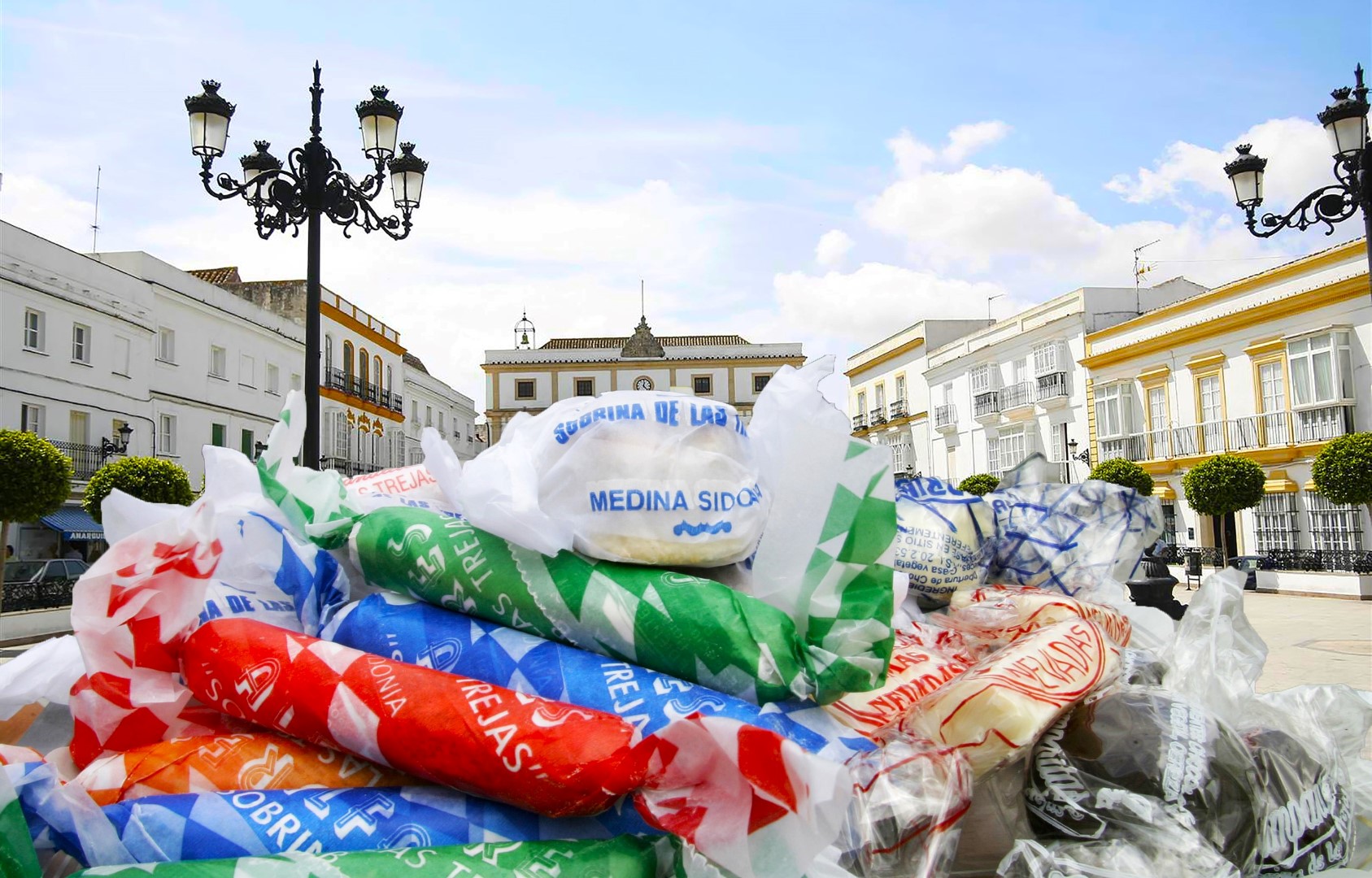
Take the car and head off towards Barbate. We've got a reservation at Herpac to discover the processes involved in making their salted, smoked and tinned fish (608085922). Visits in large groups tend to be the norm. Since we're travelling around off our own bat, it's worth the cost of buying a personalised experience that starts with the cutting up of a bluefin tuna. In the bluefin tuna fishing season (spring) the VIP visit can include tuna cutting sessions (ronqueos) every day. The rest of the year, only Monday, Tuesday and Thursday. If you're very VIP, and want to see it on another day, you have to make a reservation at least 72 hours beforehand.
Go to La Esquina del Tofe to enjoy delicious dishes such as tuna tartare, tuna fish neck, fishermens' rice dishes and stews, although our intention is to set sail for Algeciras. We want to spend some time in the most colourful covered food market in the province before it closes. La plaza, as they call it here, is a rationalist building designed by Eduardo Torroja, build in the 1930s. Octagonal in shape with a huge cantilever dome, it's one of the architectural icons of its time in the province. Its beauty has now been somewhat diluted by the urban growth surrounding it. But even so, you can enjoy the hurly burly, the aromas, flavours and colours made by the mixture of cultures that live together in Algeciras.
A good place to have lunch is at one of the bars or restaurants in the nearby Plaza Alta. In the afternoon we'll set off to the Parque del Centenario (Calle Delfín) and take a walk along the trail inside it. There are several viewing points that offer some magnificent views of the coast of Algeciras, the Bahía and its unique geological features (flysch, cliffs, small bays...) and the Rock of Gibraltar. You'll pass by the ruins of the Fort of San García (18th century) and a number of bunkers. Admiring the sunset from the Torre Mirador is an indescribable experience. Almost as much as getting there, if you have a bit of vertigo. It's well worth taking a selfie there as a reminder of your journey.
For an overnight stay, the city offers some very modern hotels, but if it's history you're looking for, choose the Reina Cristina.
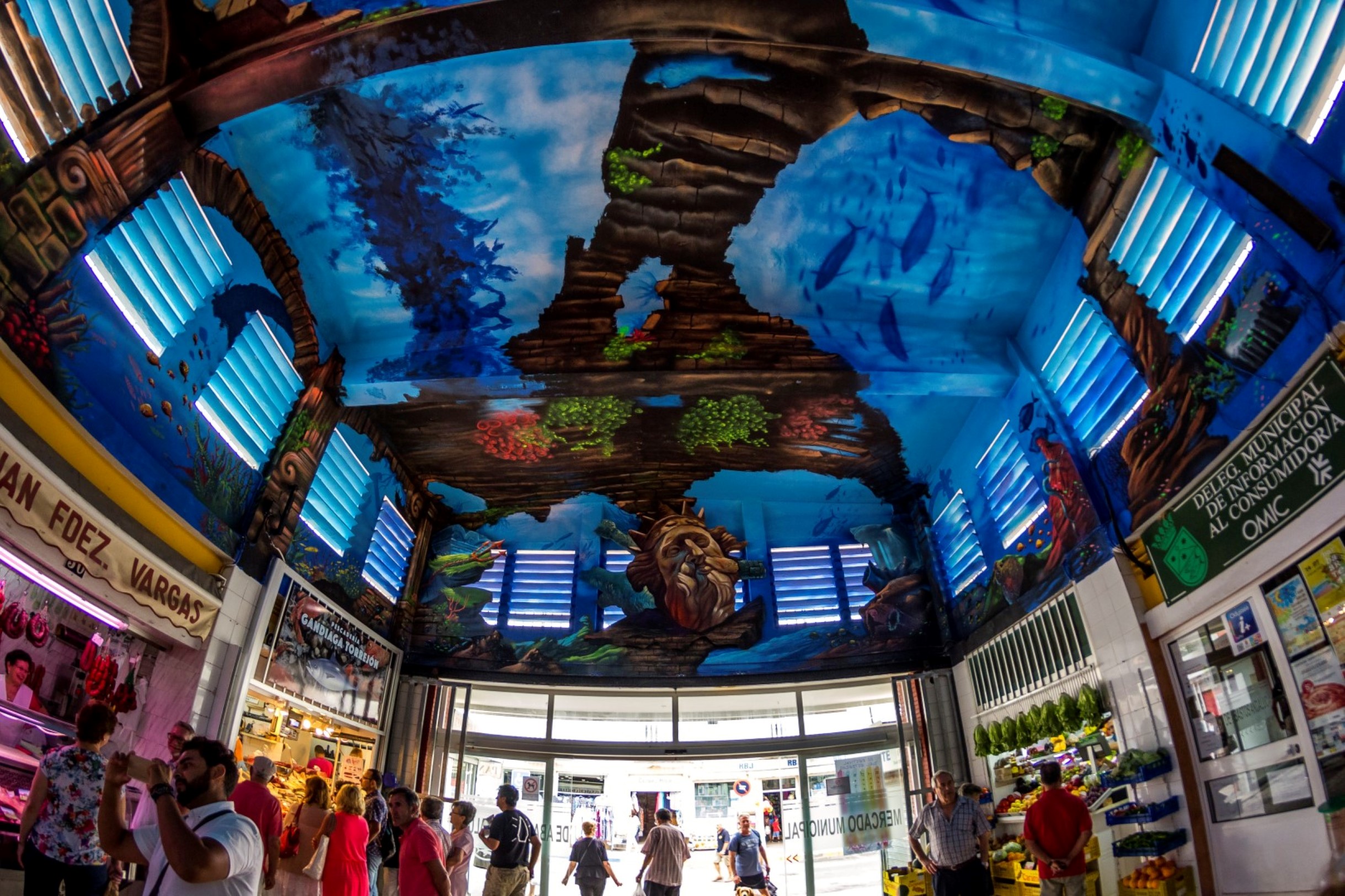
| Kilometres: 320 km. |
| Estimated driving time: 5 horas. |
| Recommended number of days: 5 |
| Attractions: Gastronomy and Nature. |
| See route in map: Google Maps |
